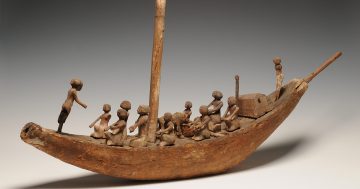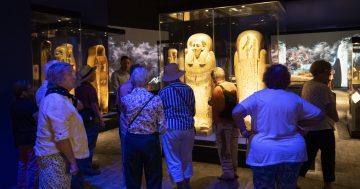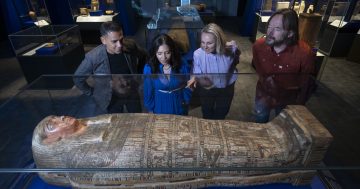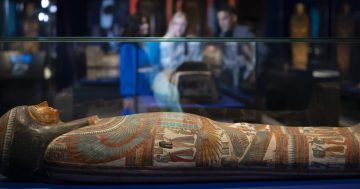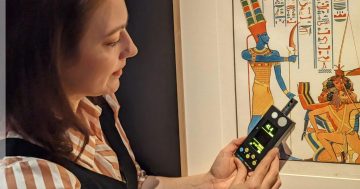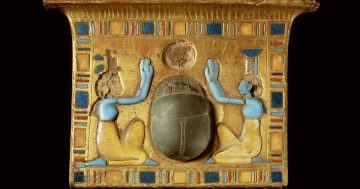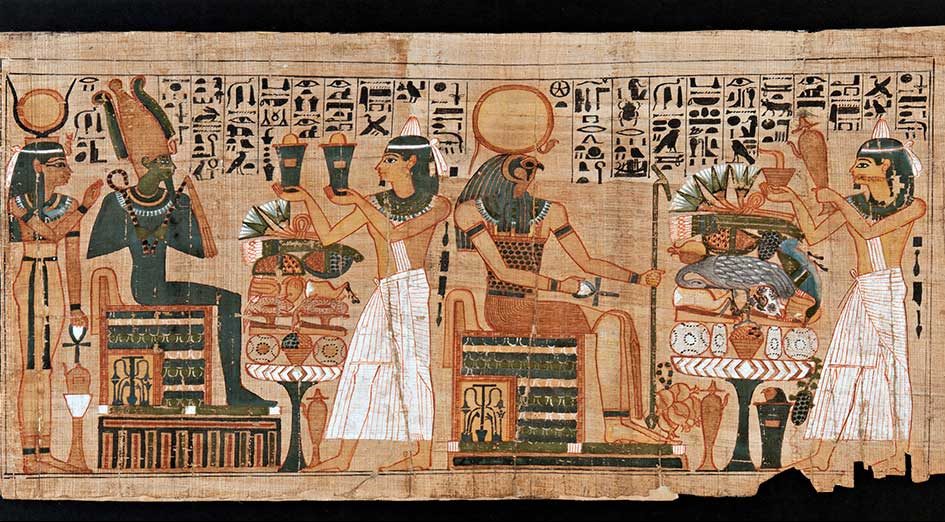
Why is everyone still drawn to ancient Egypt despite its culture being studied for centuries? Photo: Netherlands National Museum of Antiquities.
Most Canberrans would have been introduced to ancient Egypt in primary school or even earlier, thanks to its popularity in movies, books and television around the world.
Rugged celebrities returning from pyramid crusades with gold-laden pockets certainly have their place in entertainment. Far from these embellished depictions, however, are the efforts of researchers and Egyptologists who have long poured their hearts into uncovering the real lives – and deaths – of the ancient Egyptians.
One such investigator is Daniel Soliman, curator at the Netherlands’ National Museum of Antiquities (Rijksmuseum van Oudheden). Like many others, he was fascinated by ancient Egypt from a young age.
Though he grew up in the Netherlands, Daniel travelled back and forth to Egypt to visit family often. He found himself drawn to the remnants of its complex historical beauty, vibrant art and daring feats of architecture every time.
And though it’s a huge question to unpack, Daniel has a few theories on why the world has remained so captivated by ancient Egypt, centuries after the first studies.
“So much discovered archaeology remains in fantastic condition to this day, which makes it easier for us to connect with ancient Egyptian heritage,” he says.
“It’s so tangible. You can experience so many tombs, temples, statues, architecture and art first-hand, so the relationship is different. We feel as if we ‘know’ this civilisation on a deeper level.
“Ancient Egyptian material culture was also quite grandiose by nature, defined by monumental structures, rich materials and vivid colours, which command the eye and make us wonder how, when and by whom they were created.”
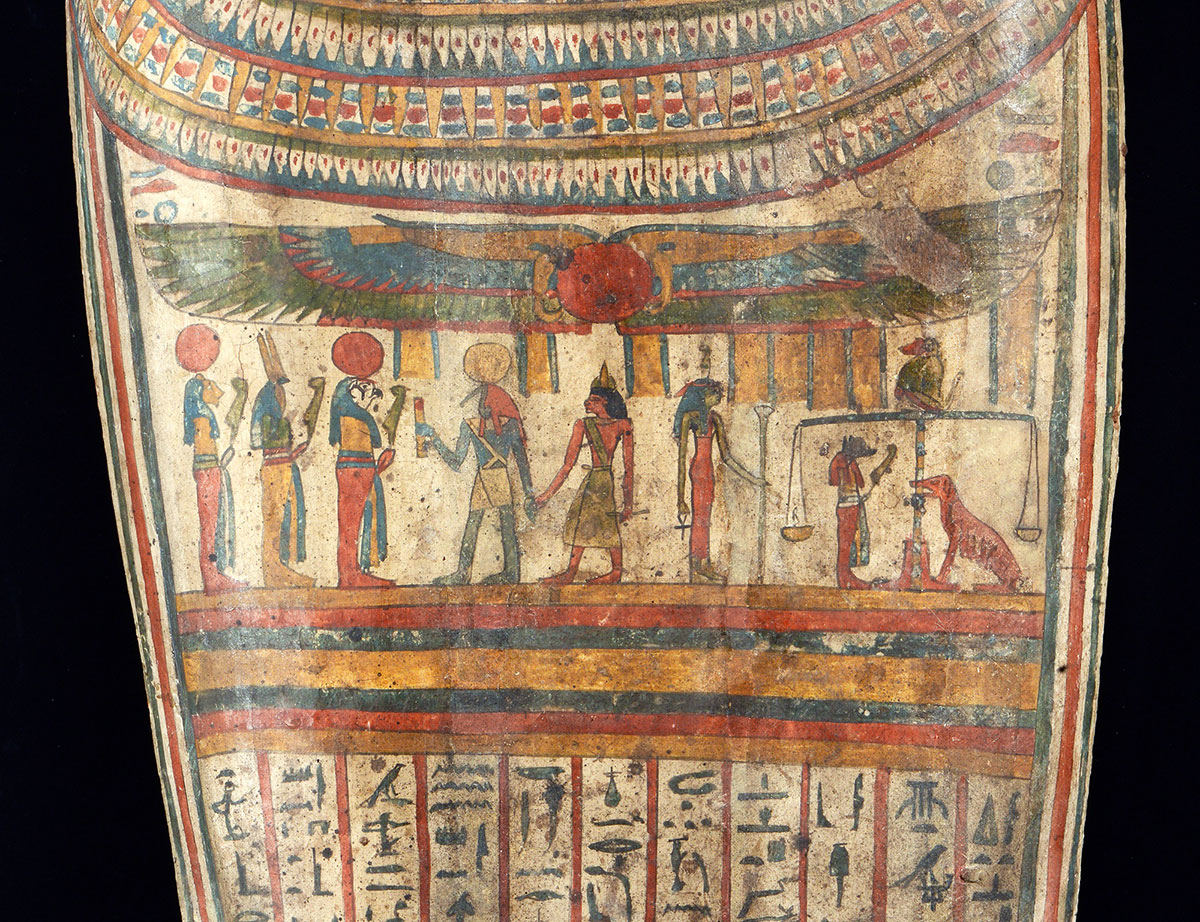
Historians have had a working understanding of ancient Egyptian written language and hieroglyphics since the early 1800s. Photo: Netherlands National Museum of Antiquities.
Ancient Egypt’s timeline is traditionally split into subsequent dynasties, with chains of rulers who inherited their kingship.
There’s still a fair amount of discourse among researchers about how long ago the culture was ”born”, but it is generally accepted that the first uniting kings, who established borders similar to those of Egypt today, rose to power around 5000 years ago.
Having so much information, enough that it’s practically impossible for one person to fully digest, could overwhelm and deter, but for this culture, it’s had the opposite effect.
“So much of Egypt’s heritage is spread throughout the world through museum collections, school curriculums, media, religious contexts and more,” Daniel says.
“Time and time again, we’ve given into its allure, discovering and learning and telling ourselves stories about ancient Egypt for hundreds of years.
“It’s ingrained in our global collective memory.”
The Netherlands’ National Museum of Antiquities worked closely with curators at the National Museum of Australia to bring the new Discovering Ancient Egypt exhibition to Canberra in 2023.
“Something special about this exhibition is the chance to learn about ongoing research at our museum, including the technology and methods we use to research, prepare and conserve,” Daniel says.
“We also took the important opportunity to acknowledge the work of medieval Arab scholars and amplify the voices of modern-day Egyptians working in archaeology.
“Discovering Ancient Egypt gives visitors a glimpse into the daily lives of people who lived in this powerful, beautiful and fascinating culture thousands of years ago.”
Experience the Discovering Ancient Egypt exhibition at the National Museum of Australia in Canberra. The exhibition runs until 8 September, 2024.












